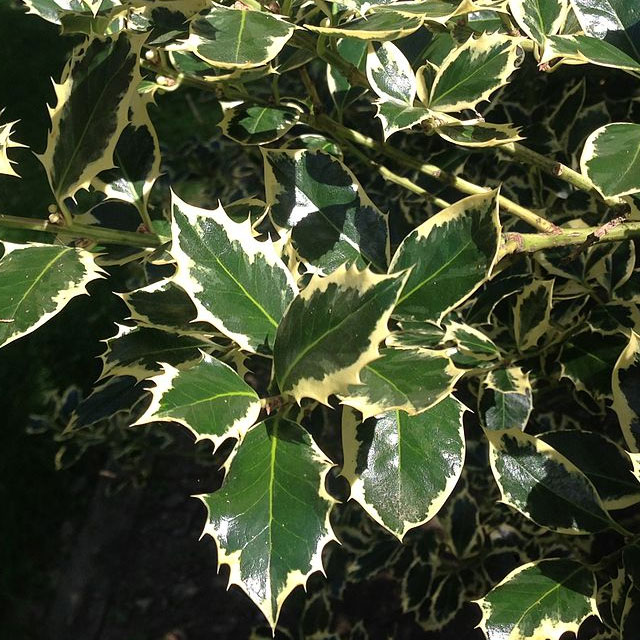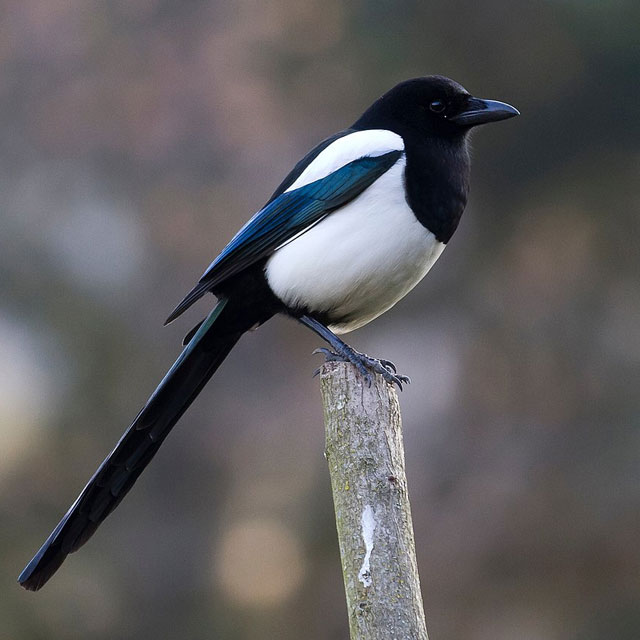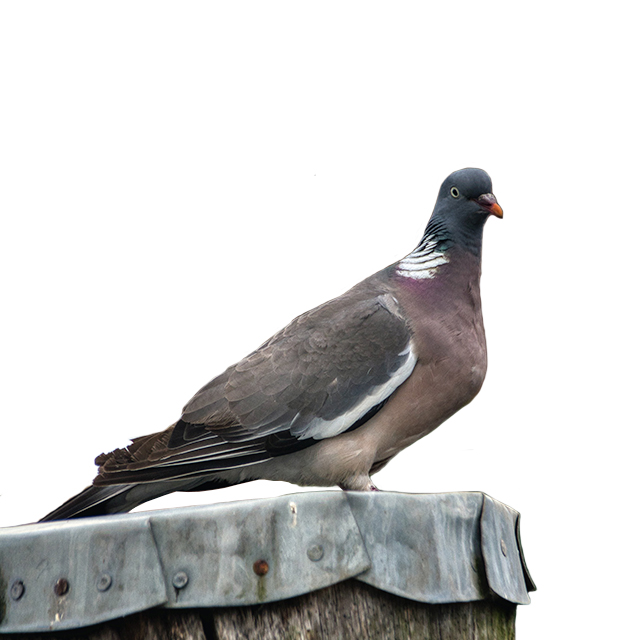Your Password Letter is:
Click coin to reveal
About the Area:
This park was created in Victorian times as a refuge for the residents so that they could enjoy the outside and play. The trees here create shade and absorb pollution and are important habitats for roosting birds and bats.
What you can spot here:
Variegated Holly

Holly is great for wildlife because it shelters small birds and mammals and often the leaves under the bush are dry so are used by hedgehogs to cosy up in during the winter. The flowers of the holly provide nectar and pollen for Mainbee and his friends. The leaves are eaten by caterpillars of the holly blue butterfly, along with those of various moths, including the yellow-barred brindle, double-striped pug and the holly tortrix. The berries are a vital source of food for birds in winter, and small mammals, such as wood mice and dormice.
London Plane Tree

The London Plane tree has been used by city planners for years because it doesn’t tend to lose it branches and puts up with a lot of air pollution soil compaction around its roots. You may notice that its huge leaves are a bit like sycamore leaves and that they have big fluffy fruits like pom poms that hang of long stalks. You will also notice that their bark is flaky and grey unlike any other tree really.
Winter: Fruit
Summer: Leaves
Autumn: Leaves, Fruit
Magpie

Another member of the crow family this large black and white bird is very familiar. It is very sociable and often can be seen in small groups chatting away. The male and female both make a huge nest that they refurbish and use each year and often collect shiny things to decorate it. It even has a roof to keep out the rain ....oh and predators!
Woodpigeon

The UKs largest and commonest pigeon. There are over 5 million pairs of them and their numbers increase every autumn and winter as they migrate from colder areas. They have a distinctive “coo-coo” call and make a very loud clatter when taking off! The woodpigeon makes a very flimsy twig nests in trees ad lay two eggs. Unfortunately they often fall out. This may explain why the wood pigeons breeding season is from March to October and they have 2-3 broods. Both sexes incubate and raise the young and feed them on 'pigeon milk' - a regurgitated, milky substance from a food-storage organ called a 'crop'.
Common Dandelion

Dandelions are seen in lots of places in cities and countryside and their are a number of different species. The common one has spoon shaped leaves and produces a milky sap if you pick it....but don’t because legend has it you might wet the bed if you do! The bright golden yellow flowers turn into fluffy “clocks” full of thousands of seeds which explains why they are seen everywhere and some gardeners would rather not have them. But Mainbee thinks they are great because they flower before most of the other flowers in very early spring.
Daisies

These are some of the first plants to flower in the lawns and grassy areas in Maindee in spring so Mainbee makes a “bee” line for them along with his little fly friends . They love its nectar because it is so easy to get to on the flat open flowers.
Some fun activities to try:
Have a play.
Look up through the trees. How long do you think they have been here?
Measure the trees using your arm spans.
Can you see two different sorts of trees. What is their bark like?
Lie on the ground and look at the clouds. Can you see any shapes?
Mainbee's Activity Book
We've made an activity pack with Mazes and Colouring In, download it here.
Mainbee's Activity Book
